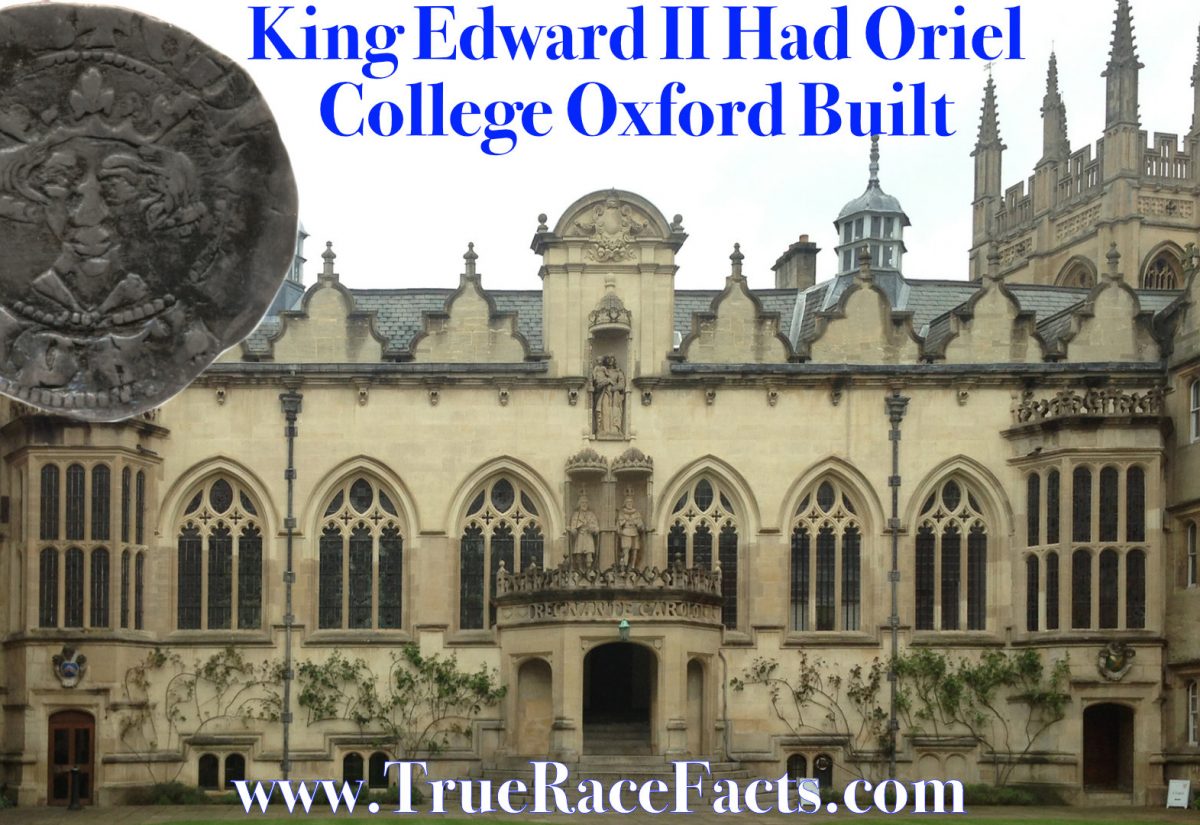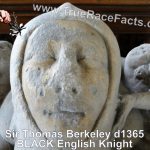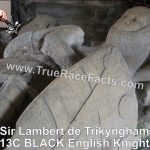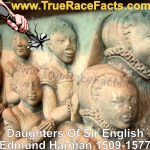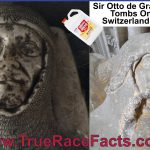Edward II, byname Edward of Caernarvon, (born April 25, 1284, Caernarvon, Caernarvonshire, Wales—died September 1327, Berkeley, Gloucestershire, England), king of England from 1307 to 1327. Although he was a man of limited capability, he waged a long, hopeless campaign to assert his authority over powerful barons.
The fourth son of King Edward I, he ascended the throne upon his father’s death (July 7, 1307) and immediately gave the highest offices to Edward I’s most prominent opponents. He earned the hatred of the barons by granting the earldom of Cornwall to his frivolous favourite (and possible lover), Piers Gaveston. In 1311 a 21-member baronial committee drafted a document—known as the Ordinances—demanding the banishment of Gaveston and the restriction of the King’s powers over finances and appointments. Edward pretended to give in to these demands; he sent Gaveston out of the country but soon allowed him to return. In retaliation, the barons seized Gaveston and executed him (June 1312).

Edward had to wait 11 years to annul the Ordinances and avenge Gaveston. Meanwhile, the Scottish king Robert the Bruce was threatening to throw off English overlordship. Edward led an army into Scotland in 1314 but was decisively defeated by Bruce at Bannockburn on June 24. With one stroke, Scotland’s independence was virtually secured, and Edward was put at the mercy of a group of barons headed by his cousin Thomas of Lancaster, who by 1315 had made himself the real master of England. Nevertheless, Lancaster proved to be incompetent; by 1318 a group of moderate barons led by Aymer de Valence, earl of Pembroke, had assumed the role of arbitrators between Lancaster and Edward. At this juncture Edward found two new favourites—Hugh le Despenser and his son and namesake. When the king supported the younger Despenser’s territorial ambitions in Wales, Lancaster banished both Despensers. Edward then took up arms on their behalf. His opponents fell out among themselves, and he defeated and captured Lancaster at Boroughbridge, Yorkshire, in March 1322. Soon afterward, he had Lancaster executed.
At last free of baronial control, Edward revoked the Ordinances. His reliance on the Despensers, however, soon aroused the resentment of his queen, Isabella. While on a diplomatic mission to Paris in 1325, she became the mistress of Roger Mortimer, an exiled baronial opponent of Edward. In September 1326 the couple invaded England, executed the Despensers, and deposed Edward in favour of his son, who was crowned (January 1327) King Edward III. Edward II was imprisoned and, according to the traditional account, died in September 1327, probably by violence. In the first decade of the 21st century, however, some historians suggested that Edward’s death was staged and that he probably survived until 1330.
“Woe to them that devise iniquity, and work evil upon their beds! when the morning is light, they practise it, because it is in the power of their hand. And they covet fields, and take them by violence; and houses, and take them away: so they oppress a man and his house, even a man and his heritage.”
Micah 2: 1-2 kjv
Images: Buildings Geni, CC BY-SA 4.0 via Wikimedia Commons Coins: © The Trustees of the British Museum – Creative Commons. Post source: Britannica, T. Editors of Encyclopaedia. “Edward II.” Encyclopedia Britannica, 15 August 2022
Disclaimer: True Race Facts have made the long overdue honest determination that the King was dark brown, aka BLACK of the Hebrew, Shemitic negro race. Based on his facial phenotype, lips and thick braided hairstyle. Authentic original coins are the most accurate determination to identify the King because he would have approved the coins before they were hammered and issued. There are many ancient FAKE coins on the market, so beware when looking at coins. The deceivers made it their mission to cover up the dark ages, so even history should now be considered pseudo-history.


